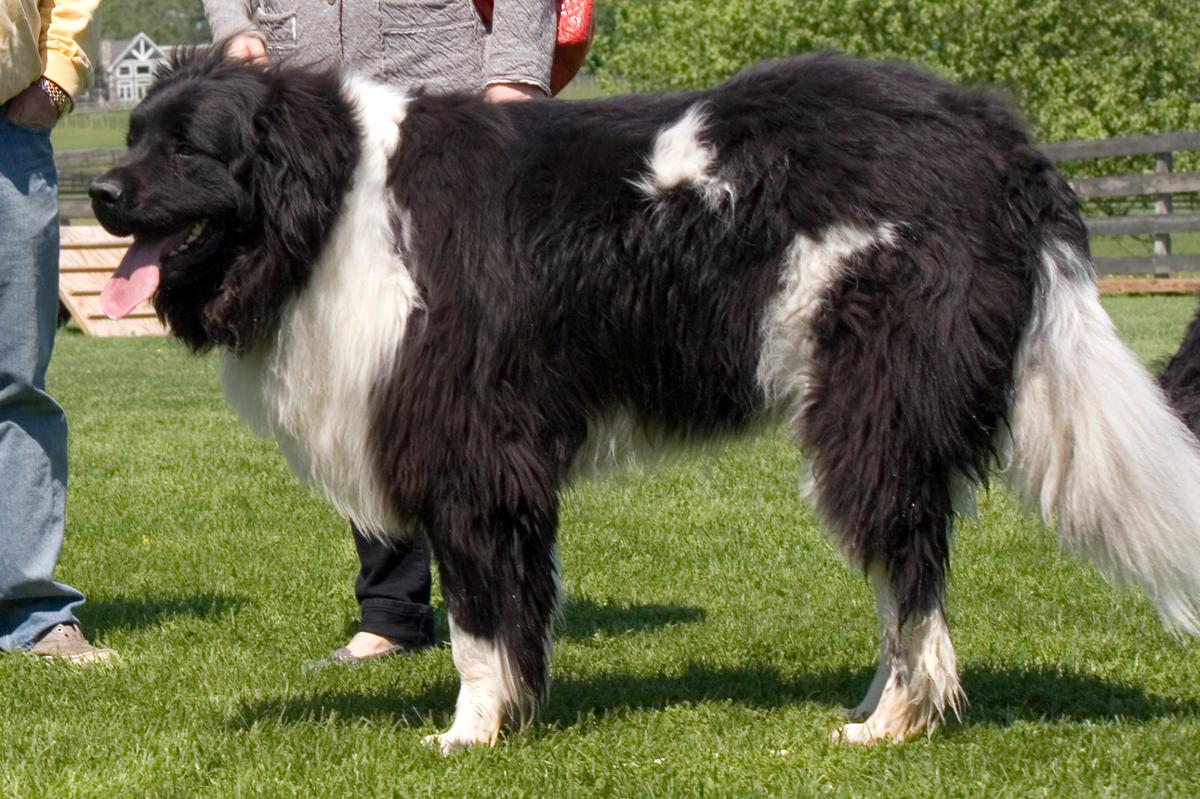If you were a Neolithic or Bronze Age farmer in Eastern Europe, you might be on the lookout for a certain kind of employee: self-directed. Loyal. Accepts food and pats on the head as payment.
Man’s best friend has long worked alongside humans to guard, hunt, and herd. Research suggests that over thousands of years, some dogs got bigger due to the nature of their job: as important managers of livestock, early canines doubled in size to protect their flocks from predators.
A study of ancient canine bone fragments and teeth in Croatia determined that 8,000 years ago, Neolithic farmers immigrated to the area with their furry friends in tow. This early breed weighed a little over 30 pounds. Two millennia later, at the start of the Bronze Age, dogs averaged about 40 pounds. By the Roman period, 2,000 years ago, dogs clocked in at more than 50 pounds. In other words, dogs went from the size of a large beagle to the size of a husky! That’s some major growth in just 6,000 years.
The increased size wasn’t happenstance. Villages were becoming bigger, needing more land to grow crops. This meant livestock were pastured further from villages, often in the mountains. So, dogs’ job responsibilities expanded as well: they not only had to travel long distances, they had to scare off hungry bears and wolves. Farmers, wanting the best guardians for their herds, selectively bred their dogs to be larger.
Ancient pooches knew how to put in a hard day’s work. Man’s best friend? More like man’s best colleague.










